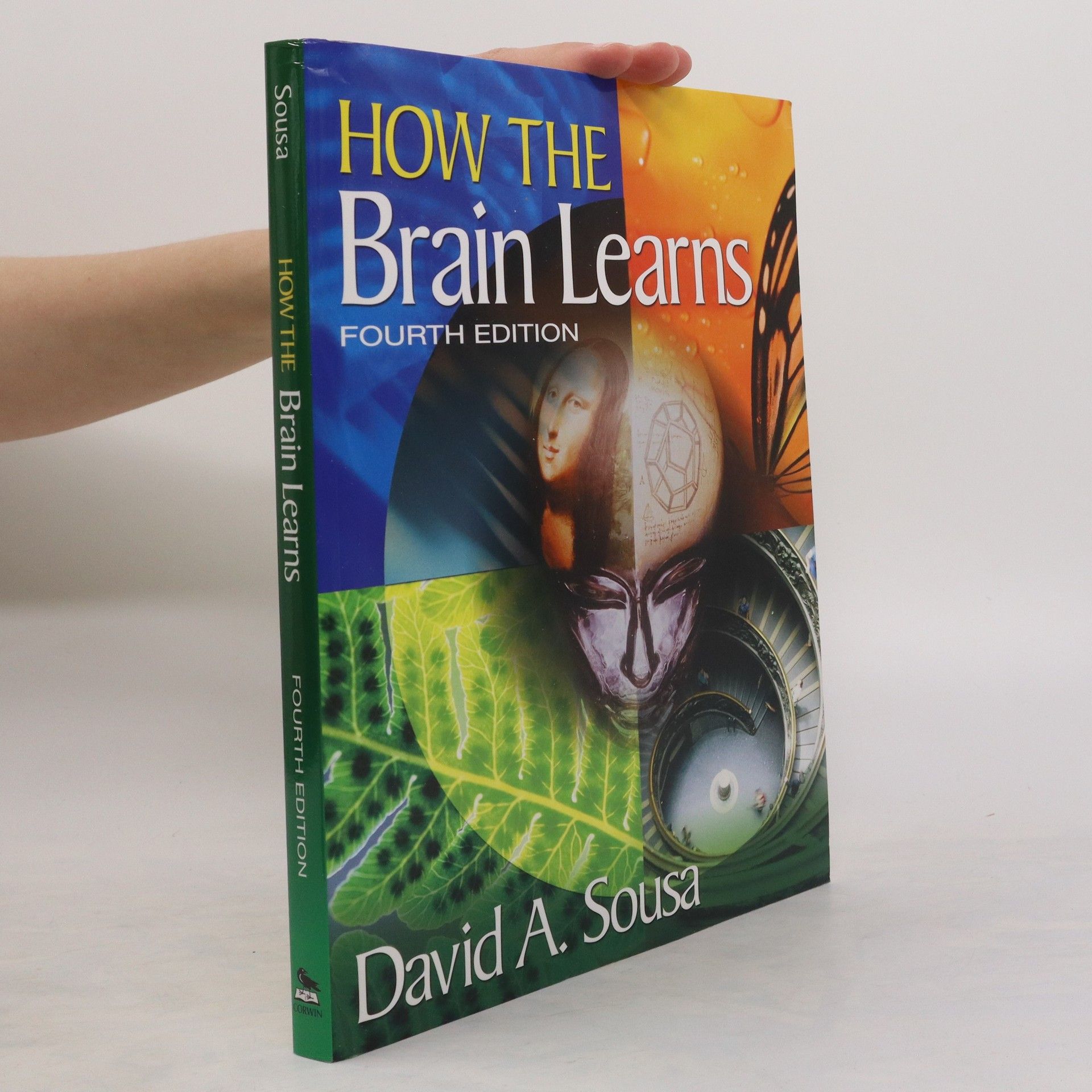How the Special Needs Brain Learns Facilitator's Guide
- 50pages
- 2 heures de lecture
Use these powerful training tools to help teachers develop effective instructional strategies for students with learning disabilities! Designed to accompany David A. Sousa's bestseller How the Special Needs Brain Learns, Second Edition, this facilitator's guide provides staff developers and workshop leaders with a complete training resource to help teachers examine and adapt simple and complex learning strategies for students with learning disabilities. Reflecting the latest developments in neuroscience as featured in the companion book, this chapter-by-chapter guide aligns definitive research with an emphasis on students' lifelong independent learning, increased retention, and cognitive flexibility. With these materials, trainers can help educators identify, accommodate, and motivate students with special needs and provide targeted assistance with:Responsiveness to Intervention (RTI) Autism spectrum disorders Asperger Syndrome Reading, writing, and math disabilities ADHD/ADD Emotional and behavioral disorders Highlights for the facilitator include:Chapter summaries Supplemental information for extended learning Discussion questions Activities for individuals or groups Journaling prompts A workshop evaluation form The perfect training tool for professional development coordinators, school leaders, peer coaches, team leaders, and professors, the Facilitator's Guide to How the Special Needs Brain Learns, Second Edition offers powerful strategies for facilitating professional learning groups of any size. See How the Special Needs Brain Learns, Second Edition

